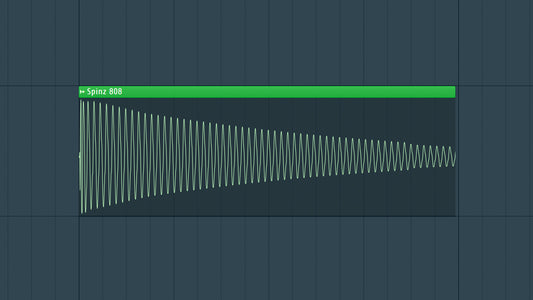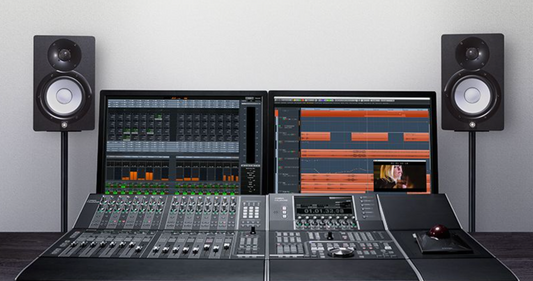Introduction
Vocal recording has been one of the most important skills I have learned in my 15+ years of music prodction. The ability to record vocals at home has become more accessible than ever. DIY vocal recording enables artists to capture their creativity without the need for a professional studio. In this guide, we'll explore the essentials and tips for achieving high-quality DIY vocal recordings in the comfort of your own space.

1. Preparation and Setup:
Select the Right Space:
- Quiet Environment: Choose a room with minimal background noise and sound reflections.
- Soundproofing: Use soft materials like blankets, pillows, or acoustic panels to reduce echo and unwanted reflections.
Positioning:
- Microphone Placement: Experiment with microphone placement to find the sweet spot for your vocal tone.
- Pop Filter: Use a pop filter to reduce plosive sounds and protect the microphone from saliva.
2. Invest in Quality Equipment:
Microphone Selection:
- Budget-Friendly Options: Affordable condenser microphones like the Audio-Technica AT2020 or Shure SM58 are great for starters.
- Higher-End Choices: Consider upgrading to higher-end microphones based on your budget and recording needs.
Audio Interface:
- Choose a Reliable Interface: Invest in a good audio interface to ensure clean signal conversion. A good starter interface is the Scarlett 2i2, but for professional recording I recommended investing in a Universal Audio Apollo interface.
3. Set Up Your Digital Audio Workstation (DAW):
Software Selection:
- Choose a DAW: Select a DAW that aligns with your preferences and budget (e.g., Audacity, GarageBand, Ableton Live, FL Studio, etc.). I prefer using Ableton Live for vocal recording.
- Learn the Basics: Familiarize yourself with basic recording, editing, and mixing functions.
4. Mic Technique and Performance:
Experiment with Distance:
- Proximity Effect: Experiment with different distances from the microphone to control bass response.
- Dynamic Range: Adjust your distance based on the dynamics of your performance.
Consistent Technique:
- Maintain Consistency: Keep a consistent distance and angle to ensure a uniform recording.
- Control Breathing: Practice breath control to minimize unwanted noise during recording.
5. Optimize Vocal Settings:
Monitor Levels:
- Avoid Clipping: Monitor and adjust input levels to prevent distortion (clipping).
- Utilize Headphones: Use closed-back headphones to avoid sound bleed into the microphone. I like the DT Pro 770 headphones for this.
Experiment with Effects:
- Add Reverb and Delay: Experiment with these effects during recording or add them in post-production.
- Pitch Correction: Use pitch correction sparingly for subtle enhancements if needed. The best software for this is Antares Autotune.
6. DIY Vocal Booth:
DIY Sound Isolation:
- Create a Vocal Booth: Construct a makeshift vocal booth using blankets, mattresses, or PVC frames covered with sound-absorbing material. I have even seen major recording artists like Travis Scott simply drape a small blanket over himself and the microphone to emulate this.
- Closet Recording: Utilize your closet as a natural soundproof space.

7. Editing and Mixing:
Clean Up Your Takes:
- Edit Unwanted Noise: Use your DAW to edit out background noise, pops, or breaths.
- Comp Takes: Compile the best parts of multiple takes to create a polished performance.
Add Processing:
- Equalization (EQ): Fine-tune the frequency balance to enhance clarity.
- Compression: Apply gentle compression to control dynamics.
- Effects: Experiment with additional effects to enhance the mood of your recording.
8. Backup and Save Your Project:
Save Versions:
- Regular Backups: Save different versions of your project to avoid losing progress.
- Cloud Storage: Utilize cloud storage for additional backup and accessibility.
Conclusion
DIY vocal recording is an empowering journey that allows artists to express themselves in the comfort of their own space. By focusing on preparation, investing in quality equipment, optimizing settings, and refining your technique, you can achieve professional-level vocal recordings without the need for a studio. Embrace the learning process, experiment with different setups, and let your unique voice shine through in every DIY recording. Happy vocal recording!




